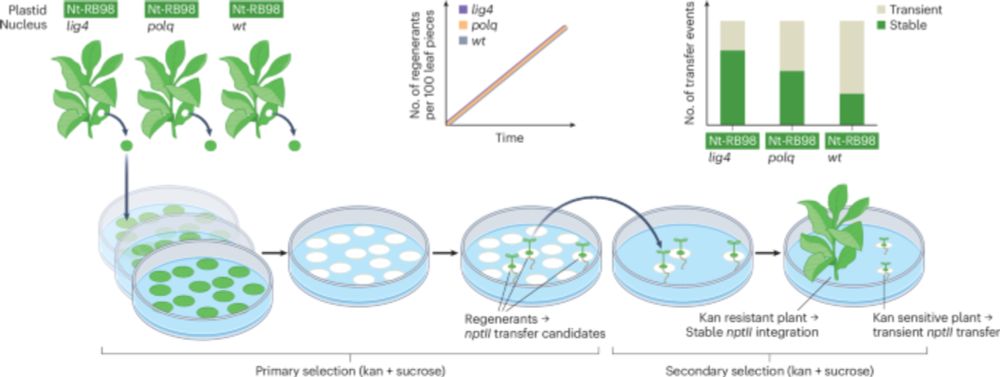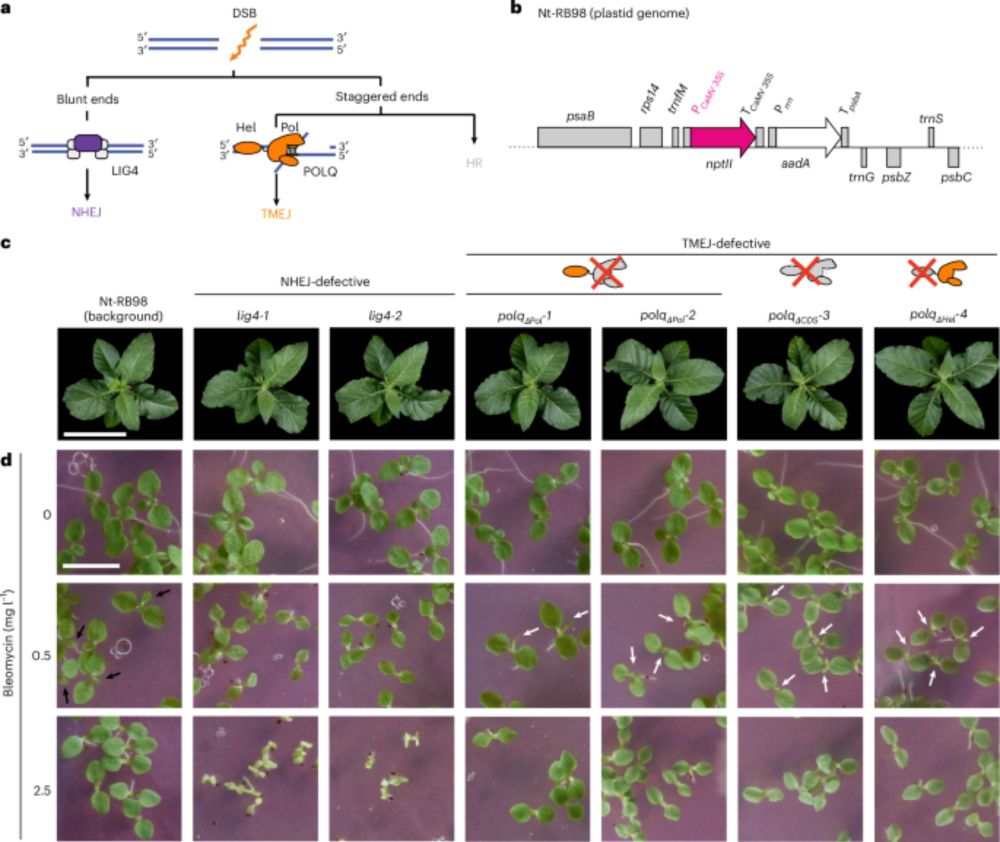
Fig. 1.Effects of drought on plant metabolism and coping strategies. Drought is suggested to be first sensed in the roots and communicated to the rest of the plant via Ca2+, ROS, ABA, and small peptide signalling. Drought responses are manifold (left half); for example, plants can escape drought by increasing developmental speed in combination with early flowering, invest in their root system to maintain soil water uptake, synthesize compatible solutes to maintain the osmotic potential, and decrease their leaf transpiration by reducing stomatal conductance (reviewed in Farooq et al., 2009; Kuromori et al., 2022; Yang et al., 2021). Stomatal closure in turn starts a cascade of effects on metabolism (right half), causing reduced CO2 influx and ROS stress in the chloroplast, negatively affecting photosynthesis. Processes stimulated by drought are indicated with upwards arrows, and processes negatively affected by drought are indicated by downwards arrows. Figure created in BioRender
💡 INSIGHT 💡
Vittoria Clapero comments on Liu et al.’s recent JXB paper - showing how ¹³C tracing reveals intra-leaf photosynthetic dynamics during drought & rewatering ☀️💧
Insight 🔗 doi.org/10.1093/jxb/...
Research 🔗 doi.org/10.1093/jxb/...
#PlantScience 🧪 @mpi-mp-potsdam.bsky.social
14.10.2025 11:00 — 👍 11 🔁 5 💬 0 📌 0
Waiting for the mime with beret alter for Solemn Simulacrum <3
23.09.2025 14:54 — 👍 0 🔁 0 💬 0 📌 0
Last week I was awarded the Jeff Schell Prize 2025 for outstanding research by our MPl, in recognition of our most recent Nature Plants paper: www.nature.com/articles/s41...
I am deeply honored, and thankful to my co-authors + the many, many helpful colleagues who made this research possible.
24.06.2025 10:13 — 👍 7 🔁 0 💬 0 📌 0

Cover of the June issue of Nature Plants. The description is the following: "Accelerando for the DNA shuffle - Whereas flowers of wild-type tobacco plants have five petals, defects in DNA repair, caused by the endosymbiotic integration of a plastid DNA fragment into the plant’s nuclear genome, produce flowers with variable petal numbers (three, four or five). Such gene transfer from plastids to the nucleus occurs more frequently when double-strand break repair pathways are inactive.".
The June issue is now fully online:
www.nature.com/nplants/volu...
23.06.2025 15:46 — 👍 12 🔁 3 💬 0 📌 1
Thanks a lot for sharing! Somehow your paper was not in my radar, I will definetely read it
21.06.2025 18:08 — 👍 1 🔁 0 💬 0 📌 0
Interesting observations! My impression is that in an allopolyploid there is enough seq similarity in the subgenomes to allow ocassional recombination between them, but because of the differences in synteny, this may lead to information loss. OE of active recombinases may just accelerate collapse
21.06.2025 17:20 — 👍 1 🔁 0 💬 1 📌 0

Very excited to see one of our EGT plants in the cover of @natplants.nature.com!
While tobacco flowers have 5 petals, this beauty produces 3-petal and 4-petal flowers, likely as consequence of mutation/genome instability.
Article: www.nature.com/articles/s41...
📷: E.G-D., MPI-MP
Cover: Erin Dewalt
20.06.2025 18:53 — 👍 8 🔁 0 💬 1 📌 0

SEB Annual Conference in Antwerp🌻
We encourage New Generation Researchers to take the stage and share their new ideas on cytoplasmic genetics. Don't miss the talks by Femke van den Berg and Schewach Bodenheimer.
Registration Deadline: 13 June
Link: www.sebiology.org/events/seb-a...
#SEBconference
06.06.2025 06:31 — 👍 2 🔁 1 💬 0 📌 0

Join us at SEB Annual Conference in Antwerp🌻 #SEBconference
Early Career Researchers, @egonzalezduran.bsky.social and Tom Theeuwen, will share their excellent research with us in the Plant Session P4!
Conference Registration Deadline: 13th June
Link: www.sebiology.org/events/seb-a...
03.06.2025 19:25 — 👍 1 🔁 1 💬 0 📌 0
Same here, dear cephalopod reader, same here...🐙
27.05.2025 13:33 — 👍 2 🔁 0 💬 0 📌 0

Image: The star-shaped algae Zygnema circumcarinatum shows similar stress reactions to the moss (microscope image). Credit: Tatyana Darienko
Research team uncovered a stress response network in algae and #plants, spanning 600 million years of #evolution. Using bioinformatics, identified genetic 'hubs' that shape responses to stressors, offers insights into early adaptations of land plants.
buff.ly/02DjhYH v @unigoettingen.bsky.social
23.05.2025 17:24 — 👍 19 🔁 4 💬 0 📌 0

Why Plants Patch Broken DNA So Fast
Researchers uncover how rapid DNA repair protects genomes from internal threats, with implications for cancer biology
There's a press release for our new @natplants.nature.com article!
Plants use fast DNA repair to guard against risky gene transfers from their own organelles—the lessons might go beyond plant biology
Release tinyurl.com/prnpegrb by @mpi-mp-potsdam.bsky.social
Paper: www.nature.com/articles/s41...
26.05.2025 14:19 — 👍 15 🔁 7 💬 2 📌 0

A gatekeeper for gene transfers - Nature Plants
Large-scale genetic screening for plastid-to-nucleus gene transfers identifies that fast double-strand break repair functions as a key barrier for nuclear integration of organellar DNA and provides in...
With their clever setup to visualize ongoing endosymbiotic gene transfers (EGTs), Enrique Gonzalez-Duran, Ralph Bock and team reveal how double-strand break repair limits excessive EGT. Check out their new Nature Plants paper and my News and Views summary! www.nature.com/articles/s41...
16.05.2025 12:54 — 👍 12 🔁 7 💬 1 📌 0
Thank you for the News and Views commenting our Article. It is such a great and yet accessible summary — I want everyone to see it! I look forward to meet you one day, if luck has it. Have a good weekend!
17.05.2025 19:53 — 👍 1 🔁 0 💬 0 📌 0
Welcome to our official account 👋 Follow for the latest news, research and updates about life at Oxford.
Exploring the breadth and diversity of life on Earth 🌍 Updates on research & teaching at @ox.ac.uk. Merged from Departments of Plant Sciences and Zoology August 2022
www.biology.ox.ac.uk
Break the cycle. Lead the Expedition.
Reactive turn-based RPG by Sandfall Interactive.
Out now on Xbox Series X|S, PlayStation 5, and PC.
jeweler | ruined commander | edhijinks & commander @ home co-host | repro justice | dave matthews band fangirl | she/her | sic semper tyrannis |🎨 @steveargyle.bsky.social
Getting to grips with chromosome organisation and dynamics using ‘scopes, sequencing and silicon.
Located at @imbavienna.bsky.social - @viennabiocenter.bsky.social
#Meiosis4ever. #ChromosomeBiology. Max Planck for Plant Breeding Research.
Max Planck Research Group Leader // Plant pathogen emergence and evolution // http://instagram.com/honourmccann // Opinions my own etc
Geneticist interested in (meiotic) recombination and impact of chromatin structure on DNA functions
http://dgb.amu.edu.pl
Evolution of plant transcriptional regulation - and other stuff. Keen on (but not restricted to) bryophytes and streptophyte algae.
Figure OCD enforcer.
Cesar Nombela fellow at @cbgpmadrid.bsky.social #NewPI
Views are my own.
Website: bit.ly/455IlPh
Passionately researching to understand the transport processes and genes required for proper chloroplast function and photosynthesis.
Molecular Evolutionary Biologist. Professor at Colorado State University Department of Biology. Personal account. Opinions my own (as if anyone else would want them).
https://sites.google.com/site/danielbsloan
Myrmecologist | Accidental bioacoustician | Behavioural ecologist | PhD student @ Umeå university |
Don't let pfp fool you I'm a parrot fan too :]
Ant drawing by Hélène Bézin--Chaingy
Used to study at Sorbonne Nord @leec-uspn.bsky.social
Postdoctoral oceanographer studying the ocean carbon sink 🦈🤿🕹️
🏠 @imev-mer.fr (CNRS-Sorbonne Université) as part of the Horizon Europe @tricuso.bsky.social project
💻 https://louisedelaigue.owlstown.net/
🚀 http://bit.ly/3HWFD5I
Postdoctoral researcher at @mpi-mp-potsdam.bsky.social.
Studying genetics, epigenetics in plant developmental biology.
Ph.D. scholar Plant – Plant — Microbiota interactions Nantes Uni-🌱🇫🇷//
M.Sc. Applied Plant Biotechnology Cadi-Ayyad univ. 🇲🇦 // Music snob.
📍Nantes, France.
The Jan IngenHousz Institute (JII) studies photosynthesis, and aims to improve agricultural productivity, sustainability, and climate resilience by exploring the potential for increasing photosynthesis efficiency.
www.jii.org
Career Development Research Fellow at St John's College, University of Oxford.
Evolution, comparative genomics, cooperation, horizontal gene transfer, plasmids.
https://www.anna-dewar.com/
We've been supporting the scientific community since 1999, community supported since 2014. Part of @phoenixbio.bsky.social. #PlantScience #PlantBiology #Arabidopsis #Databases
Emmy Noether/Junior Group Leader at ZMBP Tübingen 🌱 plant development | cell identity | gene regulation | time | embryogenesis 🎨 amateur printmaker | linocut










